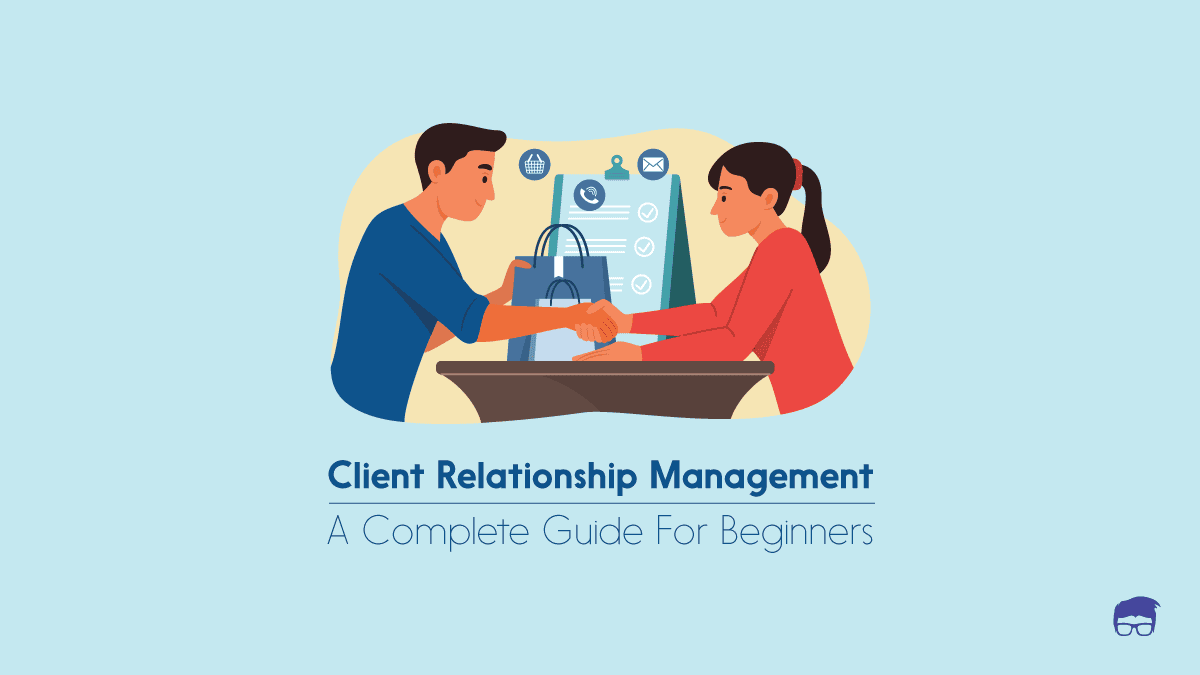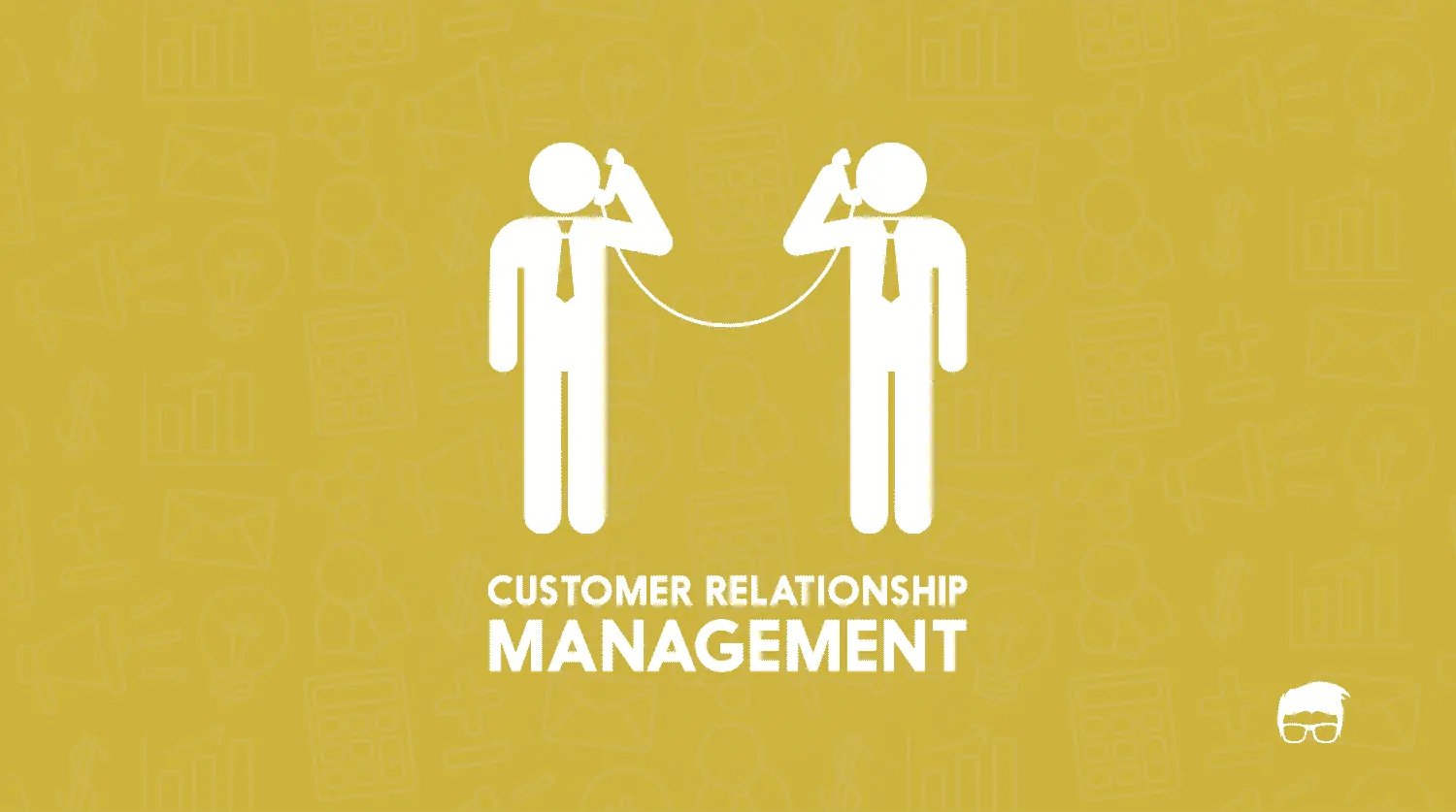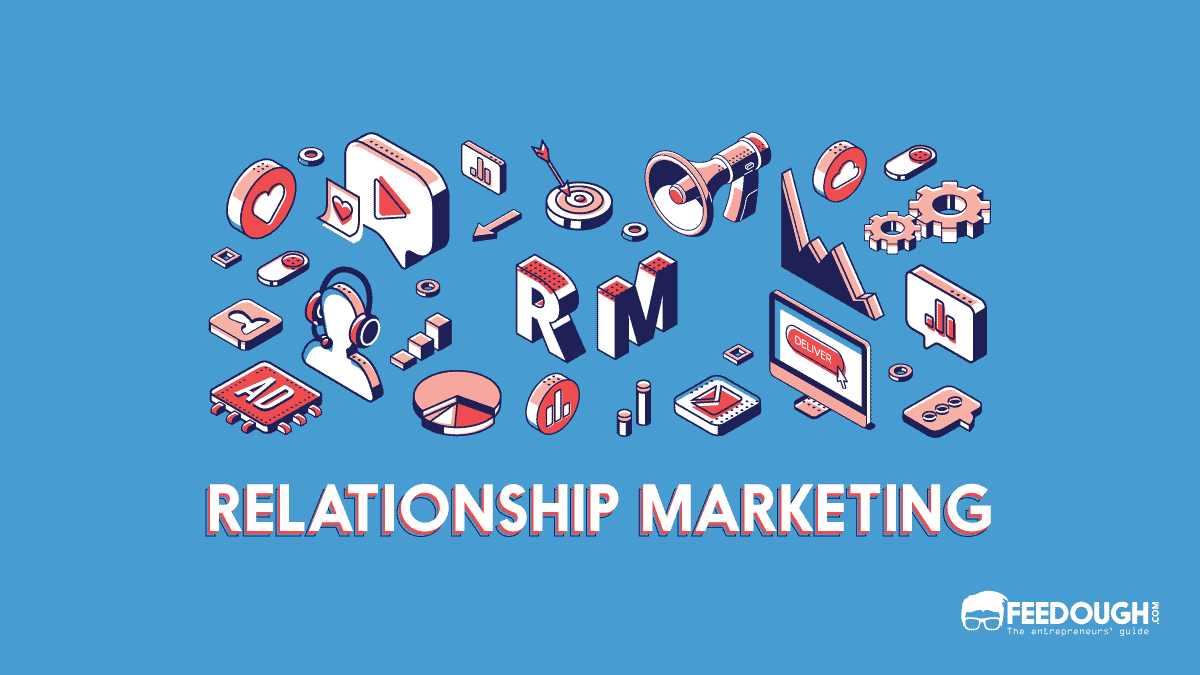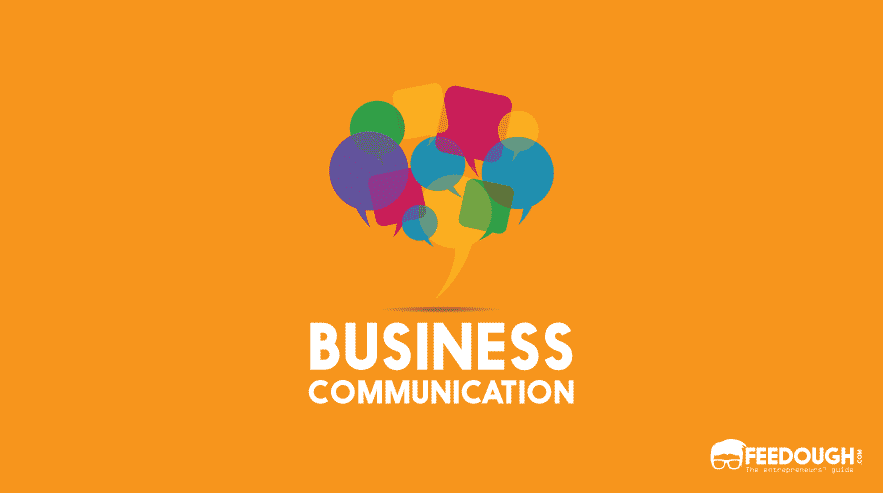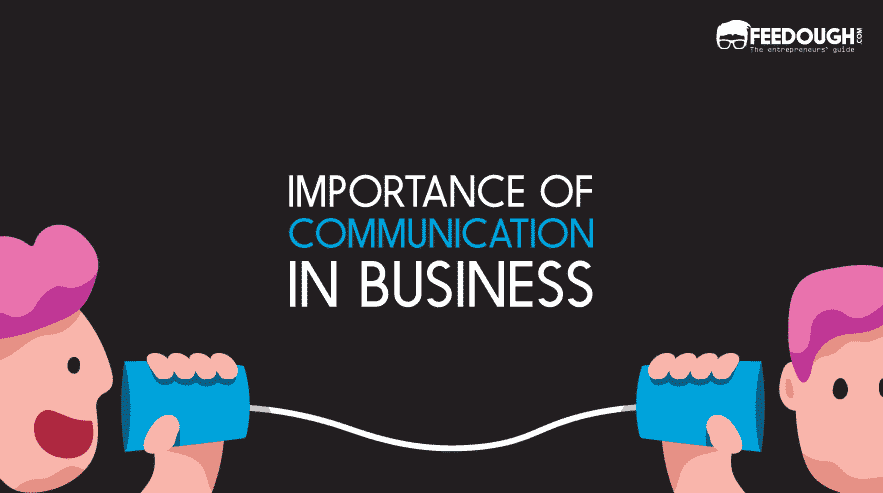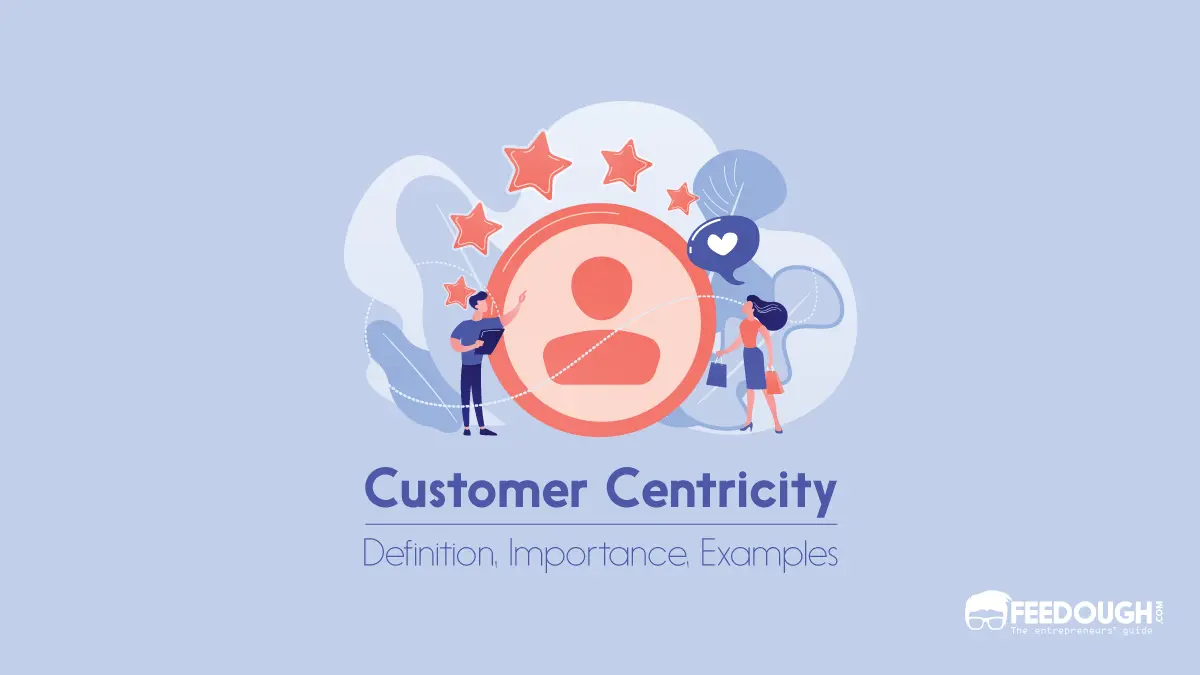Clients are the lifeline of any business. But they’re not easy to manage. You’ll see angry clients, frustrated clients, and even clients who just don’t want to talk to you. And you’ll have to maintain a healthy relationship with them all. After all, client satisfaction is the key to business success.
This is where client relationship management comes into the picture. It’s the art and science of managing customer relationships. It includes strategies to create positive customer experiences, keep track of customer interactions, and build mutually beneficial relationships.
After all –
- 65% of customers switch brands after a single bad experience.
- The average return on investment (ROI) for CRM is $8.71 for every dollar spent
But for those new to this concept –
What Is Client Relationship Management?
Client Relationship Management (CRM) encompasses every effort a company put to engage with and maintain a healthy relationship with its potential, fresh, and established clients.
It includes –
- All aspects of client communication, from initial contact to after-sales service,
- The structured system to monitor and oversee client interactions and
- A long-term strategy to ensure customer satisfaction and loyalty.
While a few decades back, this process was a tedious manual process involving hours of interpersonal communication between a client and a salesman, a client relationship manager, and a customer support team. But, with technology, the process has become more efficient and automated. Companies can now track and monitor customer interactions and transactions in real-time using customer relationship management software, providing customers with better service and personalised experiences almost instantly.
But even CRM software needs to be backed by extensive client relationship management strategies.
How To Build Client Relationships?
One task most businesses struggle with is maintaining client relationships. Customers buy from brands based on their first encounter and first experience, but what matters most is whether they stay with the brand for an extended time. After all, a 5% increase in customer retention can increase profits by 25% to 95%.
Building client relationships is not as hard as it seems. It’s a mix of –
- Client relationship management principles
- Client relationship management tools
- Client relationship management strategies
Principles Of Effective Client Relationship Management
Client relationship management relies on some unsaid but followed principles. These principles guide businesses’ interactions with their clients. They include –
A Client-Centric Focus
While CRM exists to make business goals a reality, the main focus of client relationship management is customer-centricity. This relates to –
- Making client needs and satisfaction the top priority: For example, instead of focusing solely on increasing revenue, CRM focuses on providing better customer service. This includes understanding customer needs and preferences, providing them with timely and relevant solutions, and creating a positive customer experience.
- Developing a deep understanding of each client’s business, goals, and challenges: This helps the business come up with better offerings that help clients better and retain them for the long run.
- Empowering employees at all levels to focus on client success: After all, employees are the face of the company. They are the ones who interact with clients on a daily basis, providing valuable insights and feedback that can inform a company’s decisions.
Besides these, a client-centric focus means consistent communication with the client at all buying funnel stages, respecting their time, personalising interactions, and being transparent.
For example, let’s say you run a real estate agency and have a client looking for their dream home. By taking a client-centric approach, you would show them various properties based on their preferences and take the time to understand their expectations, concerns, and budget constraints. And it doesn’t end there as well. Once the client has made a purchase, your engagement should not stop. Following up with personalised communication, such as a simple thank you message using a real estate postcard template, a call to check on their satisfaction with their new home, or sending helpful resources about home maintenance, shows that you care about their experience beyond the transaction. This reinforces the relationship and lays the groundwork for future referrals or repeat business.
Delivering Consistent Value
Consistency means maintaining a reliable standard of service and ensuring that clients perceive value in every interaction they have with your business. This principle is crucial in building trust and loyalty among your clients.
While consistency is essential in the product or service offered, it also applies to the client experience. Every interaction should align with the brand’s promise and values, reinforcing the message that every client is important and valued. Here are some strategies to ensure your clients consistently receive value:
- Streamline Processes: Identify and eliminate any bottlenecks in your client engagement processes. This includes simplifying paperwork, reducing waiting times, and making it easy for clients to reach out for help. All this can be done using an efficient CRM.
- Regular Communication: Keep the lines of communication open. Regular updates about services, promotions, or even industry news can keep clients engaged and informed. A simple drip campaign works wonders for this. This proactive approach lets clients know you are thinking of them, enhancing their experience.
- Solicit and Act on Feedback: Encourage and actively seek feedback from clients. Use surveys, comment cards, or direct conversations to gather insights about their experiences. Importantly, ensure that you act on this feedback to improve your offerings and show clients that their opinions matter.
- Create a Loyalty Program: Implementing a loyalty or rewards program can encourage clients to continue their relationship with your business. This fosters repeat business and helps businesses grow revenue 2.5 times faster than those who don’t implement such loyalty programs.
Let’s say your target audience majorly includes lawyers. To ensure you deliver consistent value, you need to ensure that all your communication is streamlined at different stages of their buying journey. Also, they receive regular updates about your services, such as reports, and have a way to give feedback or contact you.
Leveraging Technology
Today, it’s imperative to use customer relationship management software to optimise interactions and ensure a seamless client experience.
Customer relationship management software (CRM) is a centralised platform that stores essential customer information like name, address, phone number, email address, purchase history, and more. This system can then be used to track customer interactions and automate processes such as sending emails, managing campaigns, and tracking customer interactions.
CRM software not only helps your sales team build better relations with prospective clients but also the customer service team in providing timely and relevant support.
Fostering Internal Collaboration
The essence of a holistic client relationship management strategy relies heavily on the efficiency of internal collaboration among team members.
When different departments, such as sales, marketing, and customer support, operate in separate ways without communication and coordination, it can lead to confusion, mistakes, and missed opportunities. And when they work together, they can create a more efficient and profitable business. To ensure communication and collaboration between departments, it is important for them to be organised and have access to the same information.
Tools For Client Relationship Management
Customer relationship management software is the technology businesses often use to build and maintain strong customer relationships. It’s a platform that stores customer data, automates processes, and allows businesses to provide personalised customer experiences.
These experiences include personalised marketing campaigns at every stage of the buying journey, customer service, and customer loyalty programs.
The best part about CRMs is that they help gain new customers but also cater to current customers at after-sale stages.
Here are some of the best CRMs that you can use to manage relationships with your clients.
Name | Best For | USP |
Salesforce | Large Enterprises | Highly customisable with a vast ecosystem of apps. |
HubSpot CRM | Free tier with robust marketing automation tools. | |
Zoho CRM | Budget-Conscious Users | Affordable with extensive integration capabilities. |
Pipedrive | Sales-Focused Teams | Easy-to-use sales pipeline visualisation and tracking. |
Freshsales | AI-Driven Insights and Automation | AI-powered lead scoring, chatbots, and sales forecasting. |
Client Relationship Management Strategies
While healthy client relationship management depends on the principles like customer centricity, focus on consistent value, etc. The principles can be brought to life using certain CRM strategies. Some of the tested and validated client relationship management strategies are –
- Create a client onboarding process
- Develop a feedback loop system
- Organise client appreciation events
- Create tailored client reports
Create a Client Onboarding Process
A client onboarding process refers to the process of introducing a client to a company and its services.
It involves providing the necessary documentation, setting up accounts, and training the client on how to use the company’s services. While this seems a lot of work when done manually, a good CRM software almost has all the templates set for these.
The onboarding process is important for both the parties involved as –
For the customers,
- It helps them understand the product or service better.
- It gives them the opportunity to ask questions and get answers.
- It helps build trust and loyalty.
For the business,
- It helps create a positive brand image.
- Opens a two-way communication channel with the customer, which might lead to a better lifetime value of that customer.
Here’s an example of an efficient client onboarding process –
- Welcome Email: As soon as a client signs up, send them a warm, personalised welcome email. Thank them for choosing your business. Include helpful links to FAQs, tutorial videos, and a quick look at what they can expect next.
- Kick-off Call: Set up a kick-off call to dive into the client’s needs and expectations. This call helps you both get on the same page, set goals, and immediately clear up any questions.
- Training Session: Offer a training session to show clients how to get the most out of your product or service. This could be a one-on-one call, a group session, live demos, or even access to training videos and guides.
- Resource Access: Make sure clients have easy access to all the resources they’ll need, like user manuals, support contacts, community forums, or self-service portals.
- Follow-up: Within the first month, check in with a follow-up call or survey. This is your chance to see how things are going and address any issues the client might have.
- Feedback Incorporation: Use feedback from these follow-ups to fine-tune your onboarding process. Small changes can make a big difference for future clients.
- Ongoing Support: Keep the relationship strong with regular check-ins, whether quarterly or bi-annually. These touchpoints help you share updates, gather more feedback, and ensure the client continues to meet their goals with your service.
Develop A Feedback Loop System
A feedback loop is all about gathering customer feedback and using it to keep improving your service or product. This ongoing process helps businesses understand what clients experience, want, and expect.
To build a feedback loop, regularly ask your clients for their thoughts—but keep it low-key so you don’t overwhelm them. Use surveys, quick questions, or casual check-ins.
Take what you learn to make changes and let clients know their input matters. This approach highlights areas to improve and uncovers trends that could lead to new opportunities.
Here’s an example of a feedback loop system –
- Initial Feedback Collection: Kick things off by sending surveys right after onboarding. Ask about their experience with the onboarding process, how easy it was to access resources, and their overall satisfaction. This captures insights while the experience is still fresh.
- Segmented Follow-ups: Create a follow-up schedule tailored to different client groups based on their usage and needs. High-engagement clients might need more frequent feedback, while less active ones may only need bi-annual check-ins. Mix up the mediums—phone calls, email surveys, or in-person chats—to keep it engaging.
- Data Analysis and Interpretation: Designate a team or individual to analyse the feedback. Look for patterns, recurring issues, and areas needing improvement. Use data visualisation tools to make findings clear and actionable for decision-making.
- Implementation of Changes: Turn insights into action by prioritising key changes to be made. Develop a clear action plan with set responsibilities, timelines, and goals. This structured approach ensures feedback isn’t just gathered but actively used to enhance your service or product.
Create Tailored Client Reports
Simple actions like using their name in emails, addressing them directly in conversations, and providing reports tailored to their needs make a big difference. This personal touch builds trust and respect—key ingredients for any successful partnership.
Most CRMs make it easy to personalise emails and messages. For customised reports, you might need to dig a bit deeper. Gather data from client dashboards and past interactions and analyse their usage patterns.
A startup consultant, digital marketer, traveller, and philomath. Aashish has worked with over 20 startups and successfully helped them ideate, raise money, and succeed. When not working, he can be found hiking, camping, and stargazing.
